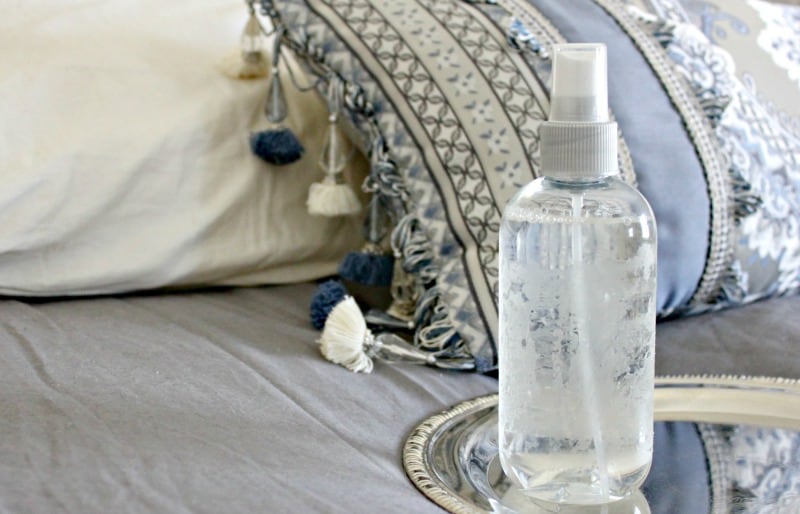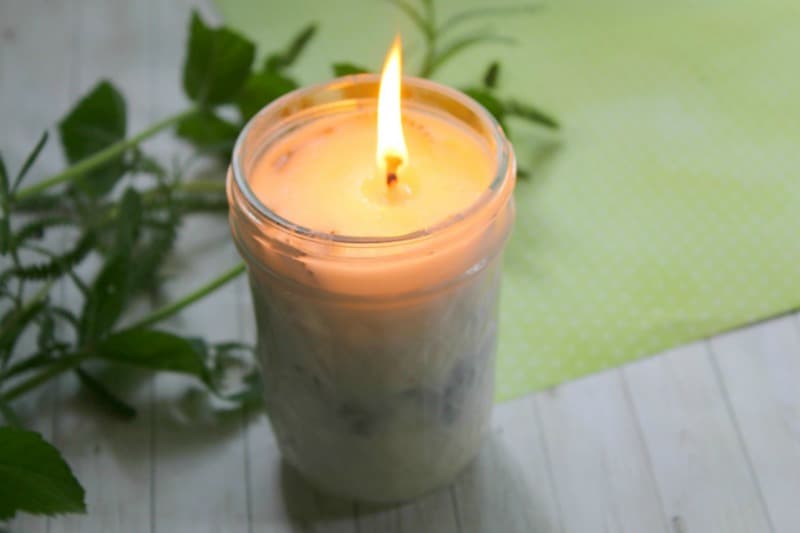Last Updated on September 11, 2022 by Ellen Christian
Are you wondering how to use hydrosols? Hydrosols are a great addition to your routines, but it can be hard to know where to start.
Posts may be sponsored. This post contains affiliate links, which means I will make a commission at no extra cost to you should you click through and make a purchase. As an Amazon Associate I earn from qualifying purchases.
These aromatic waters have been used for centuries in holistic healing practices, and they’re starting to gain popularity in the modern world. They smell amazing and have incredible benefits for your skin, hair, and health. But there’s so much information out there that it can be difficult to figure out how best to use them!
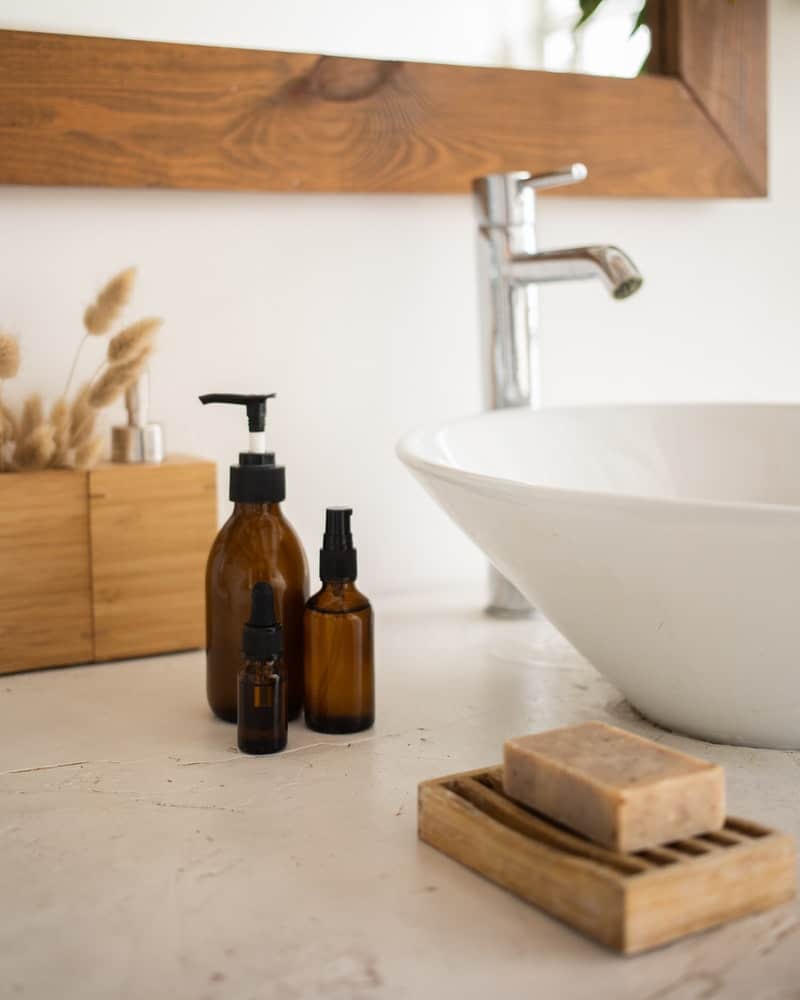
How to Use Hydrosols
I’ve put together this guide on how best to use hydrosols (including making your own DIY products) so you’ll never run out of ways to incorporate these amazing products into every aspect of your life!
Hydrosols are made from water and flowers, as opposed to oils, which are made from plant or animal matter. Hydrosols have a variety of uses including aromatherapy, bath and beauty products, household cleaners, fabric softeners, natural scent enhancers for candles, and other home fragrance items.
Check out these flowers that take full sun.

What is a hydrosol?
A hydrosol or floral water is a liquid that has been extracted through steam distillation from plants. It’s produced by steaming aromatic plants to create an essential oil and then adding water. Hydrosols are also known as hydrolats, steam/distilled water, or floral waters.
They are different from essential oil because they contain a much higher concentration of the oils’ constituents than that found in the original plant material and do not have an oily texture.
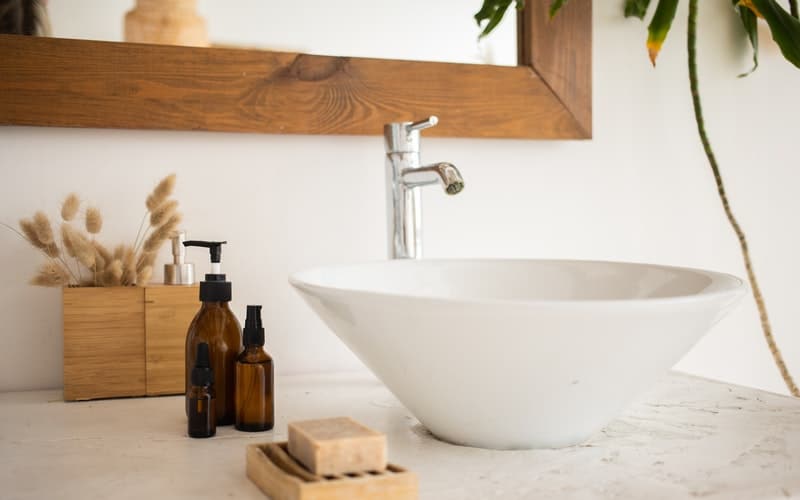
How to use a hydrosol
You could add some hydrosols to your daily bath or shower for aromatherapy, spray them around the room for a refreshing scent, or even add some to your water bottle for flavor! If you want to be sure how many drops/sprays of hydrosol are required, a good rule of thumb is 1:1 drops or sprays per ounce (30ml) of product.
Hydrosols are excellent household cleaners and can be used for everything from freshening fabric softener to the floor. You can mix hydrosol water with vinegar for cleaning and create a natural polish that you can use on your furniture too!
Hydrosols are gentle, soothing, and highly effective. They’re wonderful applied to irritated skin (like sunburn or insect bites) as they soothe and cool the area, reducing pain and redness. They’re also a great addition to your bath (don’t forget to add some rose petals too!).
Essential Oil blends will work great with Hydrosol Water. However, instead of using 5 drops of a single essential oil, use 5 drops of a blend. This way you are also benefiting from the synergistic effect of using multiple oils together.
Benefits of using hydrosols
Here is a list of some of the many benefits that hydrosols have. Each type of plant has different properties and uses, so anyone can find something that they would specifically benefit from:
Aromatherapy: They are used to cleanse the air in homes and offices and help eliminate odors. Dabbing them on your wrists is an easy way to use them in this manner.
They can help with eradicating house plants pests such as aphids and spider mites. Spray cedarwood or spearmint on the plant leaves or apply to a cotton ball, then rub the leaves of the plant with the cotton ball.
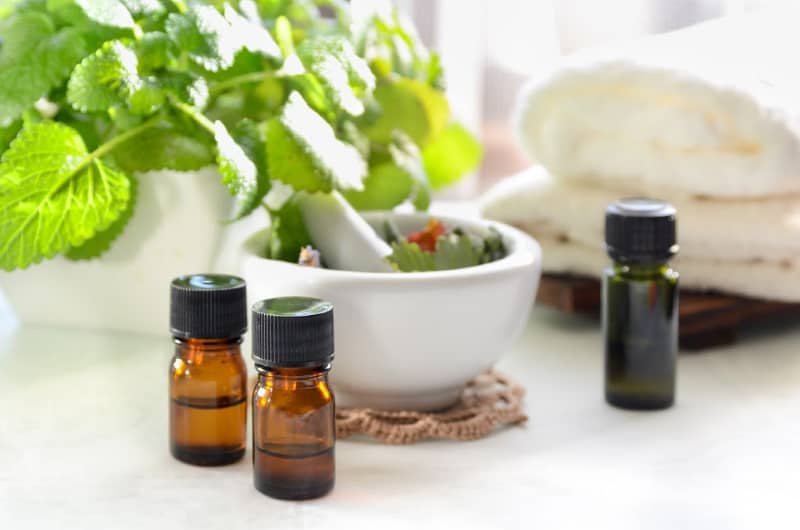
Use several drops of lavender hydrosol in warm water to create an effective facial toner. It will leave your face feeling refreshed and clean without drying out or irritating sensitive skin. Hydrosols can help reduce redness from inflammation and promote a clear complexion.
A spray bottle filled with water mixed with several drops of hydrosol is a great way to freshen your sheets, pillowcases, and pajamas. Spraying them on your pillows before bedtime will help you fall asleep faster!
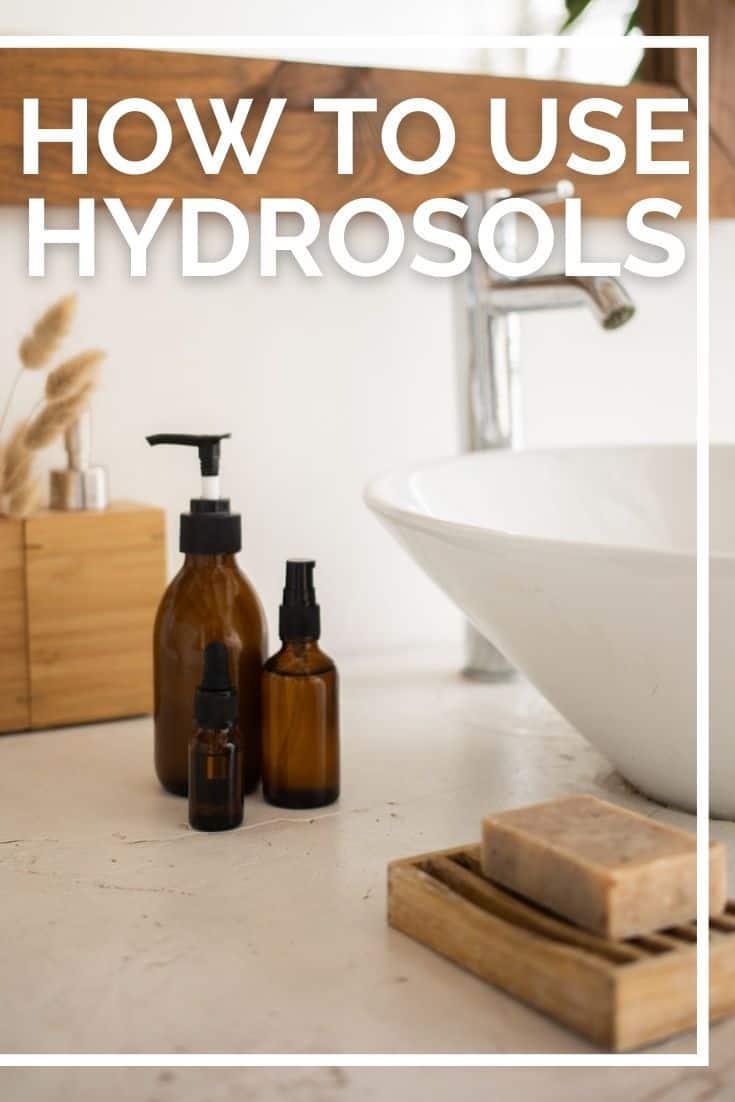
Where to find them
You can make your own hydrosols by creating a steam distillation however it’s just as easy to purchase them online. Steam distillation isn’t always reliable as it’s difficult to measure the exact amount of each property in your blend.
I recommend that you try these:
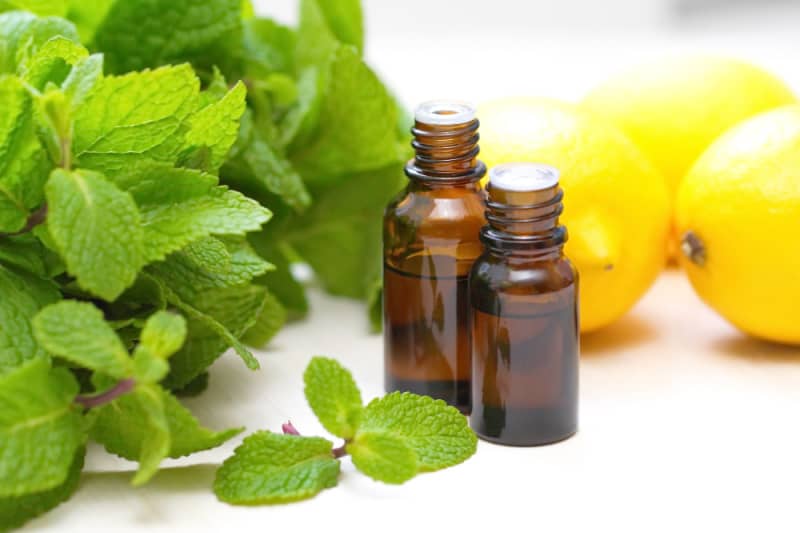
Tips for storing hydrosols so they don’t lose their effectiveness
Fragrant hydrosols can be stored in the fridge. This will help preserve their delicate fragrance. Hydrosols do not need to be refrigerated if they are intended for use in a short time. If you don’t have room in the fridge, make sure to keep them away from direct sunlight.
You may also choose to store floral waters in a cool dark place outside of direct sunlight. When storing hydrosols or floral waters, it is important that they are sealed properly. This will help retain their delicate fragrance over time.
Air exposure can cause an unpleasant odor to develop in the water because of bacterial growth. If you store your hydrosols or floral waters in a cool, dark area, they should remain fresh for up to six months after bottling.
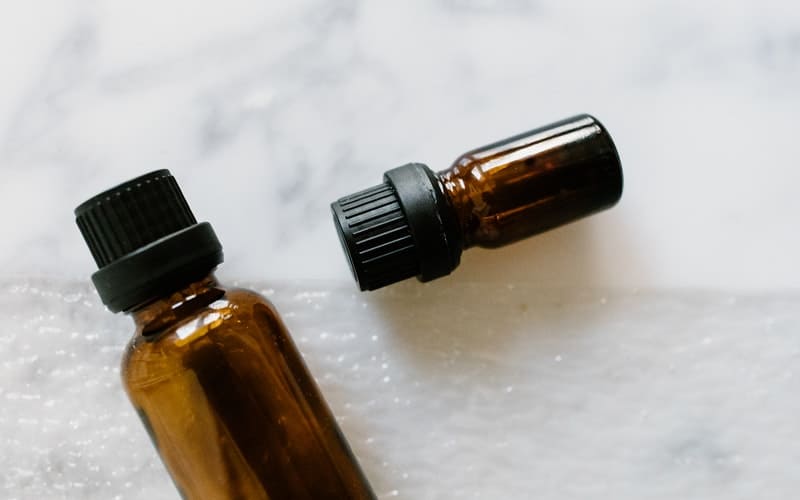
More essential oils articles
- Spring essential oil blends
- Essential oil diffuser blend sheet
- Romantic essential oils
- Christmas essential oils
- Essential oils for meditation
- Essential oils for sneezing
- Cinnamon leaf essential oil uses
- Pumpkin spice essential oil blend
- Essential oils in laundry

Ellen is a busy mom of a 24-year-old son and 29-year-old daughter. She owns six blogs and is addicted to social media. She believes that it doesn’t have to be difficult to lead a healthy life. She shares simple healthy living tips to show busy women how to lead fulfilling lives. If you’d like to work together, email info@confessionsofanover-workedmom.com to chat.

